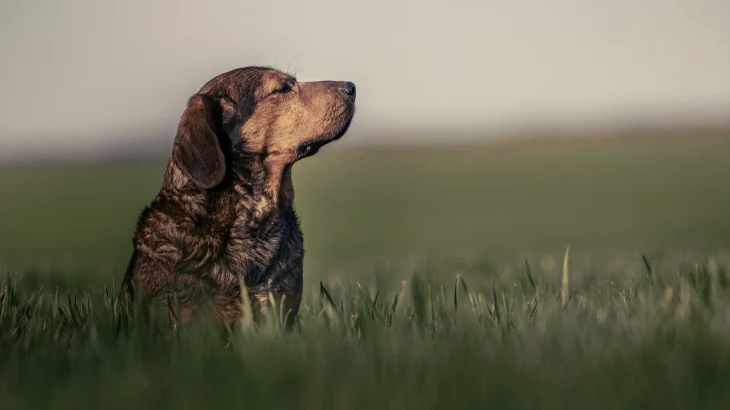When deciding between adopting or purchasing a Westphalian Dachsbracke puppy, there are distinct factors to consider given the breed's rarity and specific placement conditions. Purchasing from a specialized breeder or club usually ensures access to purebred puppies with documented lineage but may involve strict requirements. Adoption opportunities are extremely limited, often restricted to specialized rescue within hunting circles.
Adoption vs. Breeder: Pros & Cons
| Criteria | Buying from Breeder | Adopting from Shelter/Rescue |
|---|---|---|
| Cost | High purchase price, often around 1,500 Euros or more due to rarity. | Typically low or no fees, but very rare to find due to limited availability. |
| Health History | Detailed health screening and pedigree documentation provided. | Health history often unknown or incomplete; basic health checks if through rescue. |
| Age Availability | Usually puppies available, mainly placed through official breed clubs to hunters. | All ages possible, but very few Westphalian Dachsbrackes are in rescue settings. |
| Temperament Insight | Breeder can provide lineage temperament and behavior expectations. | Limited behavioral history; observations mostly from shelter or rescue staff. |
| Supporting Practices | Supports preservation of this endangered breed through controlled breeding. | Supports animal welfare but unlikely to help preserve the breed due to scarcity. |
| Ethical Considerations | Breeding regulated by clubs with conditions, including participation in hunting or tests. | Gives home to dogs in need but may not guarantee breed purity or availability. |




















































